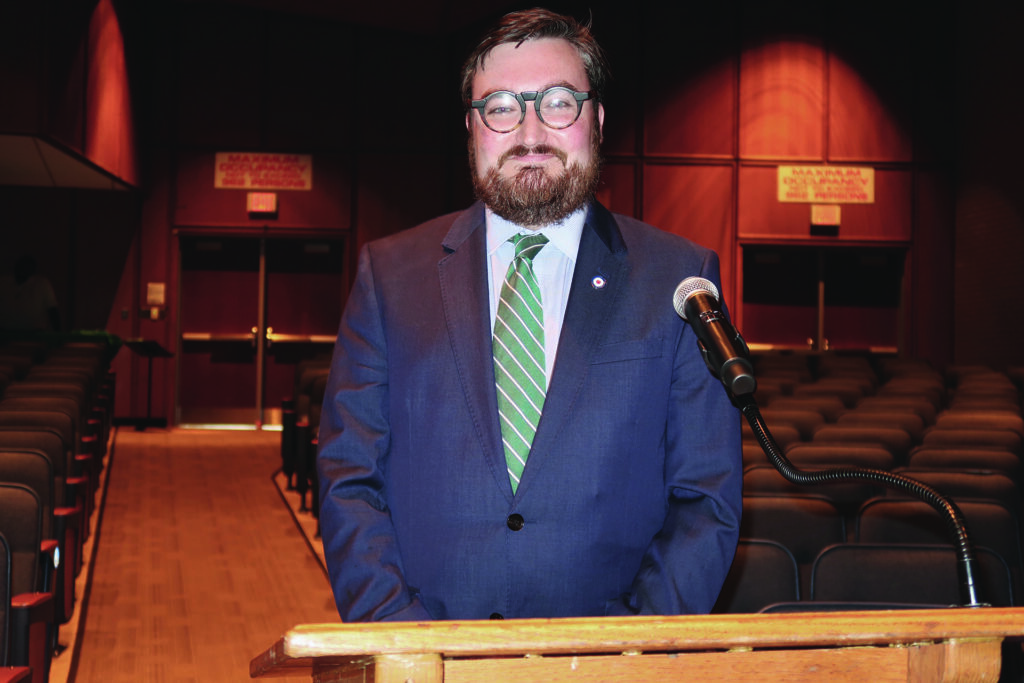Surgical robot debuts at PBMC

BARBARAELLEN
KOCH PHOTODr.
Hannah Ortiz (from left), PBMC CEO Andy Mitchell and
patient Denise Sears of Holtsville, who had the first
robotic surgery at Peconic Bay Medical Center nine days
ago.
Earlier this month, 39-year-old Denise Sears checked into Peconic Bay Medical Center in Riverhead to undergo a hysterectomy.
Four hours later, surgeon Dr. Hannah Ortiz successfully removed Ms. Sears’ reproductive organs, though the patient was in another portion of the room and the doctor’s hands never made an incision.
Ms. Sears, a nurse’s aid from Holtsville, was the first patient at PBMC to undergo robotic surgery using the hospital’s new da Vinci surgical robot May 11.
The da Vinci uses state of the art technology to remotely perform prostrate, gynecological and renal operations, among other procedures.
Dr. Ortiz, director of the PBMC gynecological oncology robotic surgery, demonstrated the new machine for members of the press and hospital staff in the Peconic Bay lobby Thursday.
Tying a knot using a needle, thread and tiny clamps at the end of the robot’s arm, Dr. Ortiz drew a round of applause from onlookers watching her movements on high definition monitors.
The surgeon noted the fine movements of the robot are less invasive than traditional surgery, and allow patients less recuperating time post-op.
“It’s become a wonderful way of getting women back on their feet,” said Dr. Ortiz, the only female board certified gynecological oncologist in Suffolk County.
To use the machine, the surgeon, sitting at a separate console, operates two remote robotic hands via video screen, hand controls and foot pedals. There are two monitors, one for the right eye and one for the left, which give the doctor 3-D depth perception while operating.
“It actually feels like your inside the patient doing surgery,” said Dr. Scott Press, a PBMC urological surgeon, who will also be using the new machine.
PBMC and Stony Brook University Medical Center are the only hospitals in Suffolk County that use the machine.
The fine motor control of the robot allows for smaller incisions, less bleeding and less pain for the patient. And Dr. Ortiz said the 360 degree rotating hand is actually a better instrument than the human wrist.
Nine days later, Ms. Sears, who has undergone numerous procedures while battling endometriosis, a reproductive condition that renders women infertile, said she felt great. She said her trust in Dr. Ortiz precluded any fears, though she won’t return to her job at Mather Memorial Hospital for six weeks as she heals internally.
Though this month marked the first time Dr. Ortiz used the robot in New York, she said she had used it while working in Miami about five years ago.
Dr. Ortiz said her training began with online tests to become acquainted with the new system. Surgeons then train on animals








